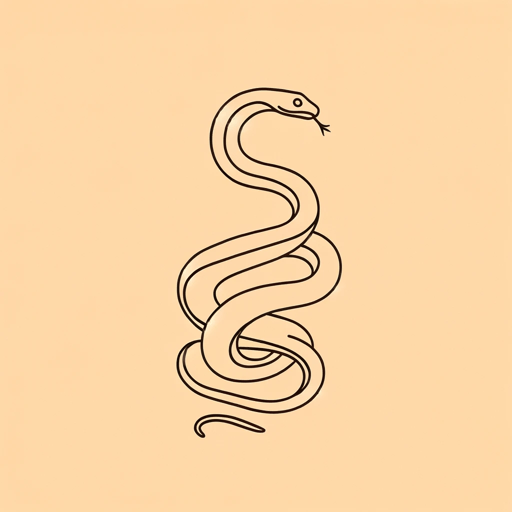44 pages • 1 hour read
Arthur Conan DoyleThe Sign of the Four
Fiction | Novel | Adult | Published in 1890A modern alternative to SparkNotes and CliffsNotes, SuperSummary offers high-quality Study Guides with detailed chapter summaries and analysis of major themes, characters, and more.
Background
Authorial Context: Sir Arthur Conan Doyle
Sir Arthur Conan Doyle was born in 1859 in Edinburgh, Scotland. Though raised Catholic and educated at a Jesuit school, he declared himself agnostic as an adult, earning the ire of his wealthy extended family (Klinger, Leslie S. “The World of Sherlock Holmes.” The New Annotated Sherlock Holmes, Vol 1. Norton: 2005, xxii).
Doyle attended medical school and trained as a physician. In 1882, he set up his own practice and soon married his first wife, Louise Hawkins, with whom he had two children. In 1897, Louise was diagnosed with tuberculosis and began to deteriorate. During this time, Doyle met and fell in love with Jean Leckie, though he maintained a platonic relationship with her out of respect for his wife (Klinger, xxxiii). When Louise died in 1906, he married Jean and had three more children with her. They lived together in Sussex until Doyle’s death by heart attack in 1930.
Doyle is most celebrated for creating Sherlock Holmes. He first devised the character around 1886, inspired by the famous Dr. Joseph Bell, with whom Doyle had studied at University of Edinburgh (Klinger, xxiii). The first Sherlock Holmes story, the novel A Study in Scarlet, was published in 1887, followed by The Sign of Four in 1890.
Related Titles
By Arthur Conan Doyle

A Case Of Identity
Arthur Conan Doyle

A Scandal in Bohemia
Arthur Conan Doyle

A Study in Scarlet
Arthur Conan Doyle

His Last Bow
Arthur Conan Doyle

The Adventure of the Speckled Band
Arthur Conan Doyle

The Adventures of Sherlock Holmes
Arthur Conan Doyle

The Hound of the Baskervilles
Arthur Conan Doyle

The Lost World
Arthur Conan Doyle

The Valley of Fear
Arthur Conan Doyle

